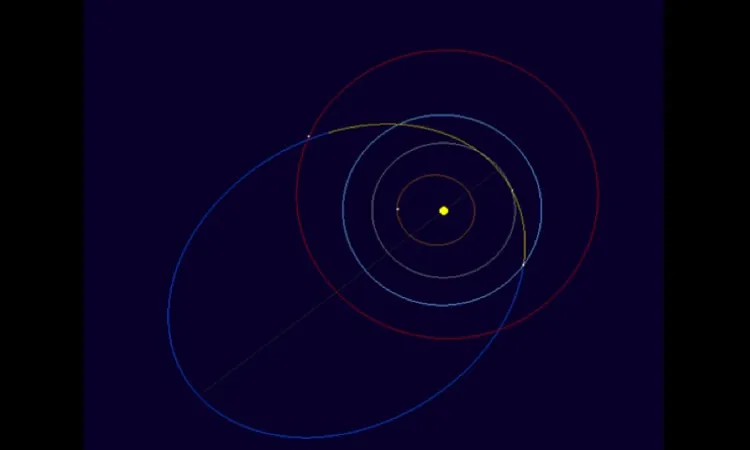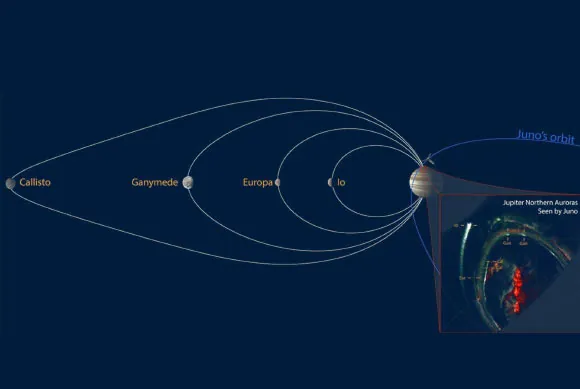
China Takes Bold Step to Defend Earth: Kinetic Impact Mission Set to Test Asteroid Defense
2025-09-05
Author: Yu
China's Ambitious Plans for Asteroid Defense
In a groundbreaking announcement, China is gearing up for a revolutionary kinetic impact mission aimed at testing and verifying its capability to defend against asteroids. This was revealed by Wu Weiren, chief designer of the nation’s lunar exploration program, during the recent International Conference on Deep Space Exploration.
How Will the Mission Work?
The mission will operate under an innovative "fly-along + impact + fly-along" model. First, an observer spacecraft will journey to the target asteroid for close-up observations. Its primary goal? To collect detailed data on the asteroid's characteristics before the impactor does its job.
Real-Time Monitoring of the Impact
Once the observer completes its initial tasks, the impactor will strike the asteroid at high speed. This entire process will be monitored meticulously using cutting-edge ground and space collaboration techniques. High-speed imaging technology will capture real-time changes in the asteroid's orbit, structure, and debris, allowing for an accurate analysis of the impact.
A Preemptive Strike Against Catastrophe
The mission aligns with China's strategic initiative unveiled last year to closely track near-Earth asteroids (NEAs) before attempting to alter their trajectories by 2030. Deputy chief designer Tang Yuhua emphasized that this mission could be pivotal in safeguarding Earth from potential catastrophic asteroid impacts.
The Urgency of NEA Defense
Speaking at the Xiangshan Science Conference, Wu underscored the existential threat posed by major asteroid impacts, highlighting the potential for devastation and even extinction. He described this mission as not only scientifically significant but also essential for the future of humanity.
A Call for Global Collaboration
China isn't going it alone; the country is set to launch a global cooperation initiative aimed at fostering collaboration in asteroid monitoring and defense. This includes joint missions, data sharing, and technical integration with international partners, reflecting China's commitment to a collective approach in planetary defense.



 Brasil (PT)
Brasil (PT)
 Canada (EN)
Canada (EN)
 Chile (ES)
Chile (ES)
 Česko (CS)
Česko (CS)
 대한민국 (KO)
대한민국 (KO)
 España (ES)
España (ES)
 France (FR)
France (FR)
 Hong Kong (EN)
Hong Kong (EN)
 Italia (IT)
Italia (IT)
 日本 (JA)
日本 (JA)
 Magyarország (HU)
Magyarország (HU)
 Norge (NO)
Norge (NO)
 Polska (PL)
Polska (PL)
 Schweiz (DE)
Schweiz (DE)
 Singapore (EN)
Singapore (EN)
 Sverige (SV)
Sverige (SV)
 Suomi (FI)
Suomi (FI)
 Türkiye (TR)
Türkiye (TR)
 الإمارات العربية المتحدة (AR)
الإمارات العربية المتحدة (AR)